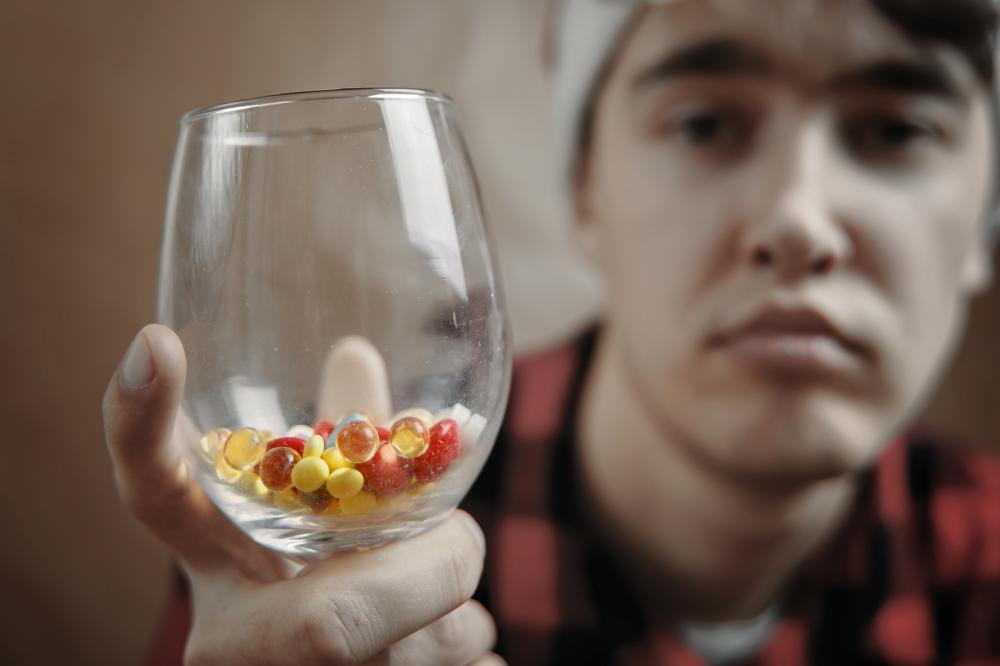Understanding Teen Drug Treatment Iowa
At Ember Recovery, we’ve dedicated our efforts to understand and address the unique challenges faced by adolescents struggling with substance abuse in Iowa. Our experience has taught us that each teenager’s journey towards recovery is profoundly personal, yet universally demanding. This understanding forms the cornerstone of our approach to teen drug treatment in Iowa.
The Need for Specialized Care
Substance abuse in teens requires an approach that is vastly different from adult treatment methods. Adolescents are not little adults; their brains are still developing, making the impact of drugs and alcohol potentially more severe and the approach to treatment uniquely challenging.
The Unique Challenges of Adolescents
The teenage years are a period of significant physical, emotional, and social development. During this time, the allure of drugs and alcohol can stem from a variety of sources including peer pressure, stress, and a desire for experimentation. Recognizing these factors is essential in addressing teen substance abuse effectively.
Ember Recovery’s Approach
At Ember Recovery, we take pride in our adolescent-specific programs. Our treatments are designed to not only address the physical aspects of addiction but also to support the emotional and psychological well-being of our clients. This includes gender-specific treatment approaches, ensuring that each teen receives care tailored to their specific needs.
The Impact of Family Involvement
We cannot overstate the importance of family in the recovery process. Our Strengthening Families Program is a testament to our belief in the power of family support and involvement. By engaging families, we create a stronger network of understanding and accountability, which is crucial for long-term recovery.
Family Therapy Sessions
One of the pillars of our family involvement program is our family therapy sessions. These sessions are designed to repair and strengthen the relationships that are often strained by the teen’s substance abuse. By improving communication and understanding, we foster an environment conducive to healing and support.
Virtual Family Support
We understand that modern life is busier than ever, and not every family can be physically present for therapy sessions. That’s why we’ve implemented virtual family support services, allowing families to participate in the recovery process no matter where they are. This flexibility ensures that our teens feel supported by their loved ones throughout their journey.
Embracing Education Within Recovery
Education is a critical component of our treatment programs. We believe that recovery should not come at the expense of academic progress. Our educational program allows teens to continue their studies, catch up on missed credits, and remain engaged with their education, providing a sense of normalcy and purpose.
Integrating Academic Goals
Incorporating educational goals into our treatment plans ensures that teens not only recover from substance abuse but also continue to develop academically. This dual focus prepares them for a successful return to their daily lives, equipped with the tools for sobriety and the confidence to pursue their future ambitions.
Long-Term Support and Relapse Prevention
Recovery from substance abuse is a lifelong journey. Our commitment to our clients does not end once they complete their program. We offer ongoing support through weekly virtual alumni groups, check-ins from recovery advocates, and educational scholarships, ensuring that our teens have a robust support system as they navigate their path to long-term recovery.
Building Coping Skills
Developing effective coping skills is at the heart of relapse prevention. Our programs focus on teaching teens how to handle stress, peer pressure, and other triggers without turning to substance abuse. These life skills are vital for maintaining sobriety and enjoying a healthy, fulfilling life.
Testimonials and Success Stories
The journey of recovery is filled with challenges, but it’s also marked by incredible transformations. The testimonials from our clients and their families speak volumes about the impact of our program. Hearing these stories of hope and renewal inspires us every day to continue our work with even more dedication.
For those seeking teen drug treatment in Iowa, Ember Recovery offers a beacon of hope. Our specialized care, focus on family involvement, educational support, and commitment to long-term recovery set us apart. If you or someone you love is struggling with substance abuse, we’re here to help. Reach out to us, and let’s start the journey to recovery together.
What are the four causes of substance abuse during adolescence?
Identifying the root causes of substance abuse among adolescents is critical for effective intervention. Four primary factors contribute significantly to this issue: peer pressure, stress, a desire for experimentation, and environmental influences. Peer pressure, especially, has a substantial impact, as teenagers often feel compelled to fit in with their social circles. Stress, whether from academic expectations or personal issues, can lead teens to seek escape through substances. The natural adolescent inclination towards experimentation makes drugs and alcohol tempting avenues to explore the unknown. Lastly, environmental factors such as family history of substance abuse or accessibility of drugs can play a pivotal role. At Ember Recovery, we take these causes into account to tailor our treatment approaches, understanding that each teen’s circumstances are unique.
What is the definition of substance abuse?
Substance abuse refers to the harmful or hazardous use of psychoactive substances, including alcohol and illicit drugs. It’s characterized by the consumption of substances in a way that leads to significant health issues or distress. For adolescents, it can also mean a pattern of using substances that interferes with their daily activities or development. At Ember Recovery, we view substance abuse as not just a series of bad choices but as a complex condition that can result from a mix of biological, psychological, and social factors.
Why adolescents are at risk for substance abuse problems?
Adolescents are particularly vulnerable to substance abuse problems for several reasons. Their brains are still developing, which affects their decision-making and impulse control, making them more likely to take risks, including trying drugs or alcohol. Additionally, teenagers are experiencing a period of significant change and often face pressures from various sources, including academic expectations, social relationships, and personal identity issues. These factors can lead to stress and emotional turmoil, for which substance use might seem like a quick and accessible relief. Understanding these risks helps us, at Ember Recovery, to develop more targeted and effective treatment and prevention strategies.
What you can do as a student to prevent drugs?
As a student, you have a powerful role to play in preventing drug use among your peers and in your community. Firstly, educating yourself about the dangers of drug use and understanding the reasons why people might turn to substances can help you make informed choices. Secondly, engaging in healthy activities, such as sports, arts, or volunteering, can not only enrich your life but also build resilience against the pressures to use drugs. Additionally, fostering open and honest conversations with friends about the risks of substance abuse can create a supportive environment where it’s easier to say no. Remember, every decision you make impacts not just your future, but also the lives of those around you. What steps can you take today to promote a drug-free lifestyle among your peers?
What role does family play in the recovery process?
Family involvement is crucial in the recovery process, especially for adolescents. At Ember Recovery, we’ve observed that when families actively participate in therapy and support activities, the outcomes for the teen tend to be significantly more positive. Family members provide a crucial support network and can help reinforce the coping strategies and healthy habits learned during treatment. Moreover, through specialized programs like our Strengthening Families Program, we work on repairing and strengthening the family dynamic, which can often be strained due to substance abuse. This holistic approach not only aids in the teen’s recovery but also promotes healing for the entire family.
Why is continuing education important during recovery?
Continuing education during recovery is pivotal for several reasons. It provides a sense of normalcy and purpose, helping teens not to feel like they’re falling behind their peers academically. Education acts as a constructive outlet for energy and focus, which can otherwise be diverted towards negative or unhealthy behaviors. At Ember Recovery, incorporating academic goals into our treatment plans is a key component, as it prepares our clients for a successful reintegration into their daily lives, equipped with both the tools for sobriety and the confidence to pursue their future ambitions. How can you incorporate learning and personal development into your recovery journey?
How does Ember Recovery provide support after program completion?
At Ember Recovery, we understand that recovery is a lifelong journey that doesn’t end with the completion of a treatment program. That’s why we offer ongoing support to ensure our clients continue to have the resources they need for a successful recovery. This includes weekly virtual alumni support groups, check-ins from recovery advocates, and scholarships for higher education. Our goal is to build a comprehensive support system that our teens can rely on as they navigate the challenges of life post-treatment. By offering these resources, we empower our clients to maintain their sobriety and continue on their path of personal growth and development.




